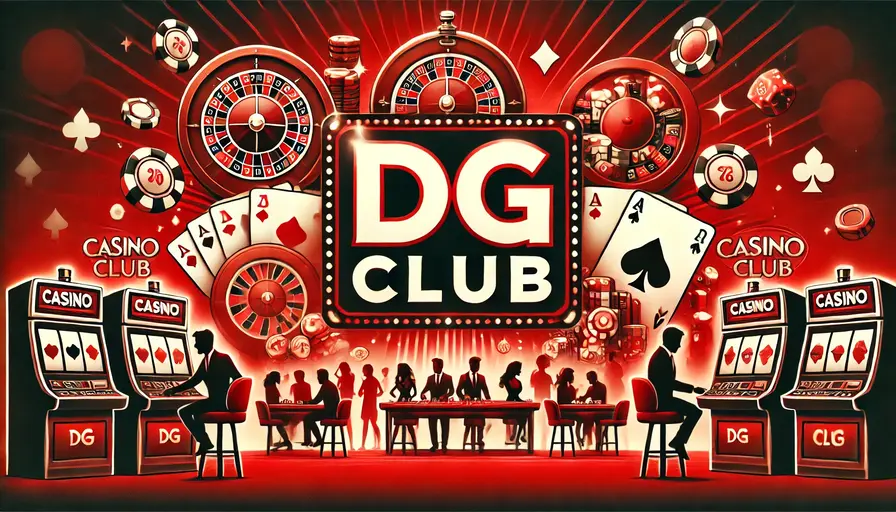
The allure of color prediction games lies in their simplicity, immediacy, and promise of rewards. With just a few clicks, players can engage in a fast-paced activity that combines intuition, chance, and anticipation. But what keeps them coming back for more? The answer lies in the intricate workings of the human mind. By exploring the psychological factors at play, we can gain insight into why these games are so compelling and how they hook players.
1. Instant Gratification and the Reward System
At the heart of color prediction games is the principle of instant gratification. Unlike traditional games that may require hours of play to achieve a reward, color prediction games deliver results in seconds. This quick resolution triggers a surge of dopamine—a neurotransmitter associated with pleasure and reward—in the brain.
- Winning’s High: When players guess correctly, the dopamine release creates a euphoric sensation, reinforcing the behavior and encouraging them to play again.
- Chasing the Feeling: Even after a loss, the brain craves the thrill of winning, leading players to keep trying in hopes of recreating that high.
The cycle of anticipation and reward is a powerful motivator, tapping directly into the brain’s reward system and fostering a desire for repeated play.
2. The Illusion of Control
One of the most captivating aspects of color prediction games is the illusion of control. Players often believe that their choices—whether based on patterns, intuition, or prior outcomes—influence the result. This belief gives them a sense of agency and mastery over the game.
- Pattern Recognition: The human brain is hardwired to find patterns, even where none exist. In color prediction games, players may perceive trends or sequences and use them to justify their decisions.
- Superstitions and Rituals: Over time, players may develop rituals or “lucky” strategies, further reinforcing the illusion that they can influence the outcome.
This perceived control keeps players engaged, as they feel empowered to improve their chances of success.
3. Emotional Investment
Emotions play a central role in decision-making and behavior, and color prediction games are no exception. The highs of winning and the lows of losing create an emotional rollercoaster that keeps players hooked.
- Sunk Cost Fallacy: Players who have invested time or money into the game may feel compelled to continue playing to justify their previous expenditures, even if the odds are stacked against them.
- Chasing Losses: After a losing streak, the desire to recover losses can drive players to take bigger risks, leading to a cycle of emotional investment.
The combination of hope, frustration, and excitement makes these games emotionally captivating, encouraging continued engagement.
4. Social Influence and FOMO
In today’s digital age, many color prediction platforms like dgclub login incorporate social elements, such as leaderboards, multiplayer modes, or online communities. These features amplify the psychological pull of the games:
- Social Comparison: Seeing others succeed can motivate players to keep trying in hopes of achieving similar results.
- Fear of Missing Out (FOMO): Promotions, limited-time offers, or peer pressure can create a sense of urgency, compelling players to participate.
The social aspect not only adds to the enjoyment but also reinforces the habit of returning to the game.
5. Accessibility and Convenience
One of the key reasons players keep coming back to color prediction games is their accessibility. These games are often available on mobile devices, allowing players to engage anytime, anywhere.
- Low Barrier to Entry: The simplicity of the rules and minimal skill requirement make the games appealing to a broad audience.
- On-the-Go Entertainment: The convenience of being able to play during a short break or commute ensures that the game remains a go-to option for instant entertainment.
This ease of access contributes to the habitual nature of the games.
6. Gamification Elements
Many color prediction platforms incorporate gamification techniques to enhance engagement. Features such as rewards, achievements, and progression systems tap into players’ intrinsic motivations:
- Achievements: Unlocking badges or reaching milestones provides a sense of accomplishment.
- Progression: Tracking progress over time gives players a reason to return and continue their journey.
These elements create a sense of purpose and keep players invested in the game.
7. The Role of Cognitive Biases
Cognitive biases—systematic patterns of deviation from rational judgment—also play a significant role in the appeal of color prediction games:
- Gambler’s Fallacy: Players may believe that a specific outcome is “due” after a streak of losses, even though the odds remain unchanged.
- Confirmation Bias: Players tend to remember wins more vividly than losses, reinforcing their belief in their ability to predict outcomes.
These biases make players overestimate their chances of success and encourage continued play.
Final Thoughts
The psychology behind color prediction games reveals a complex interplay of brain chemistry, cognitive biases, and emotional triggers. By delivering instant rewards, fostering an illusion of control, and leveraging social and gamification elements, these games create a compelling experience that keeps players coming back.
While these games can be a source of entertainment, it’s essential for players to remain aware of the psychological factors at play and approach them responsibly. Understanding the science behind the appeal can help players make informed decisions and enjoy the experience without falling into unhealthy patterns.


